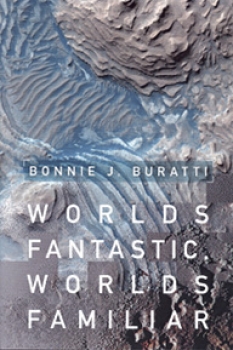At first glance, the contents list of this book appears to cover the planets of the solar system one by one but a second glance shows that the gas giants are missing. Instead, the author substitutes some of the better known moons of the solar system, such as Titan and Enceladus… and despite its downgrading by the International Astronomical Union, which she refers to as its ‘dethronement’, Pluto is also there.
In her introduction, the author explains that she ‘decided to talk just about the [bodies] I’ve worked on or that I find most interesting’ and, consequently, the coverage is more personal than encyclopaedic. It is also, unashamedly, aimed at the layperson, with ‘no prerequisites beyond high school science’. As a result, those who have read a book or two on space and astronomy will probably not get much out of this one.
The text, interspersed as it is with science fiction references and other popular story-telling devices, is well-written and should be accessible to those already interested in space and astronomy. The glossary and index add value and should help with their enjoyment of the volume. However, the design of the book appears somewhat old-fashioned in its use of black-and-white photos and a glossy insert that repeats selected images in full colour. This makes it much more of a considered purchase than an impulse buy.
That said, its author – as a senior research scientist at JPL – has plenty of expertise in the subject (and even has an asteroid named after her), so there are unlikely to be many mistakes in the science.
Mark Williamson











